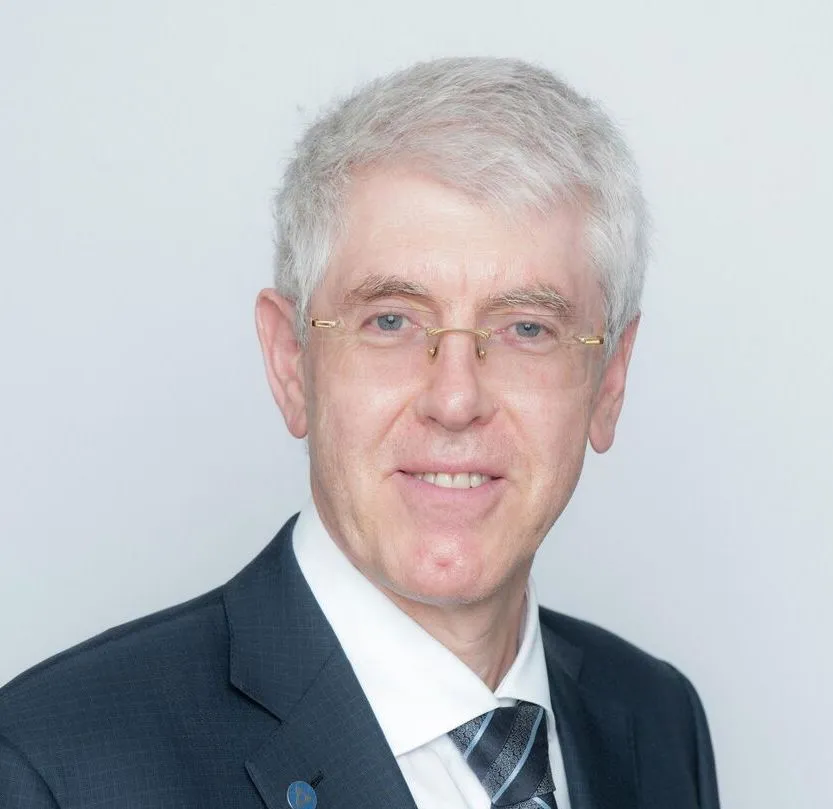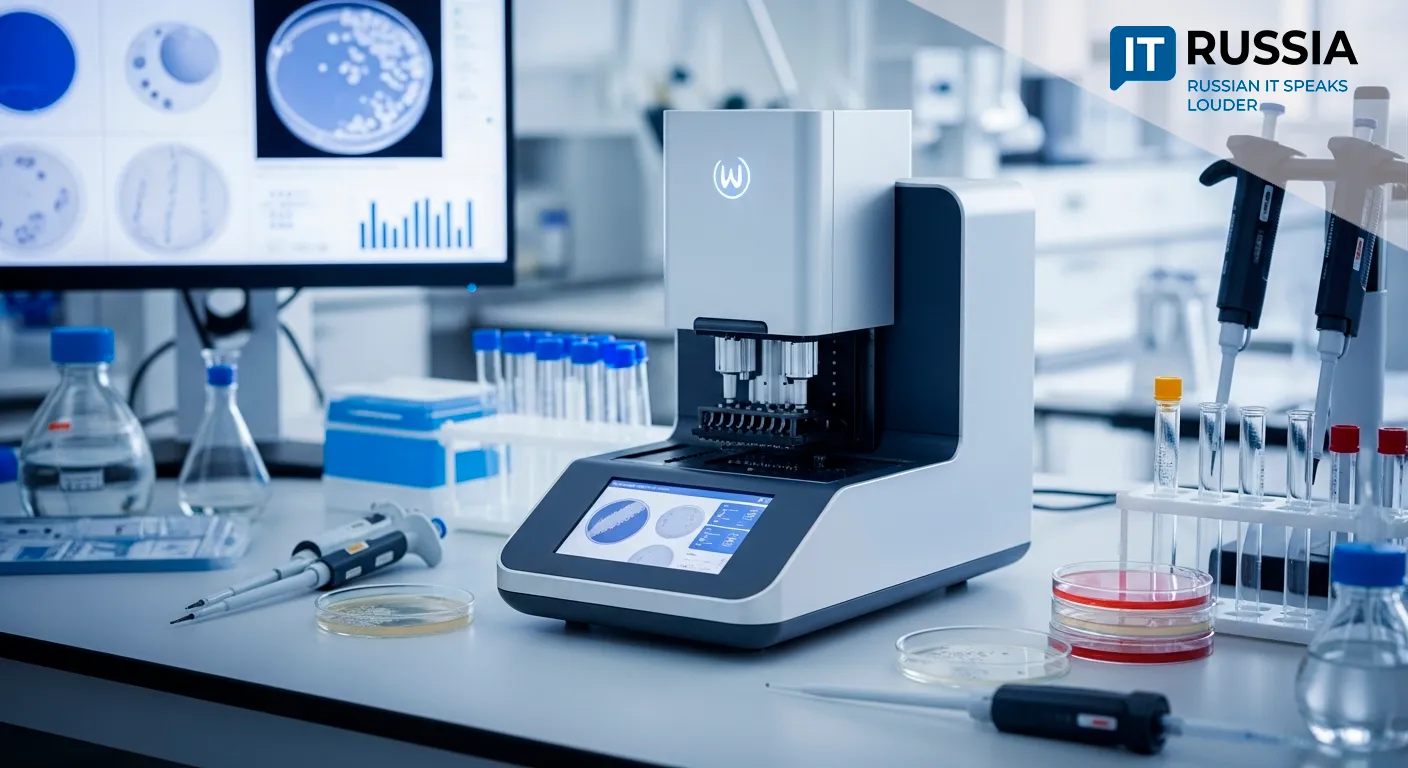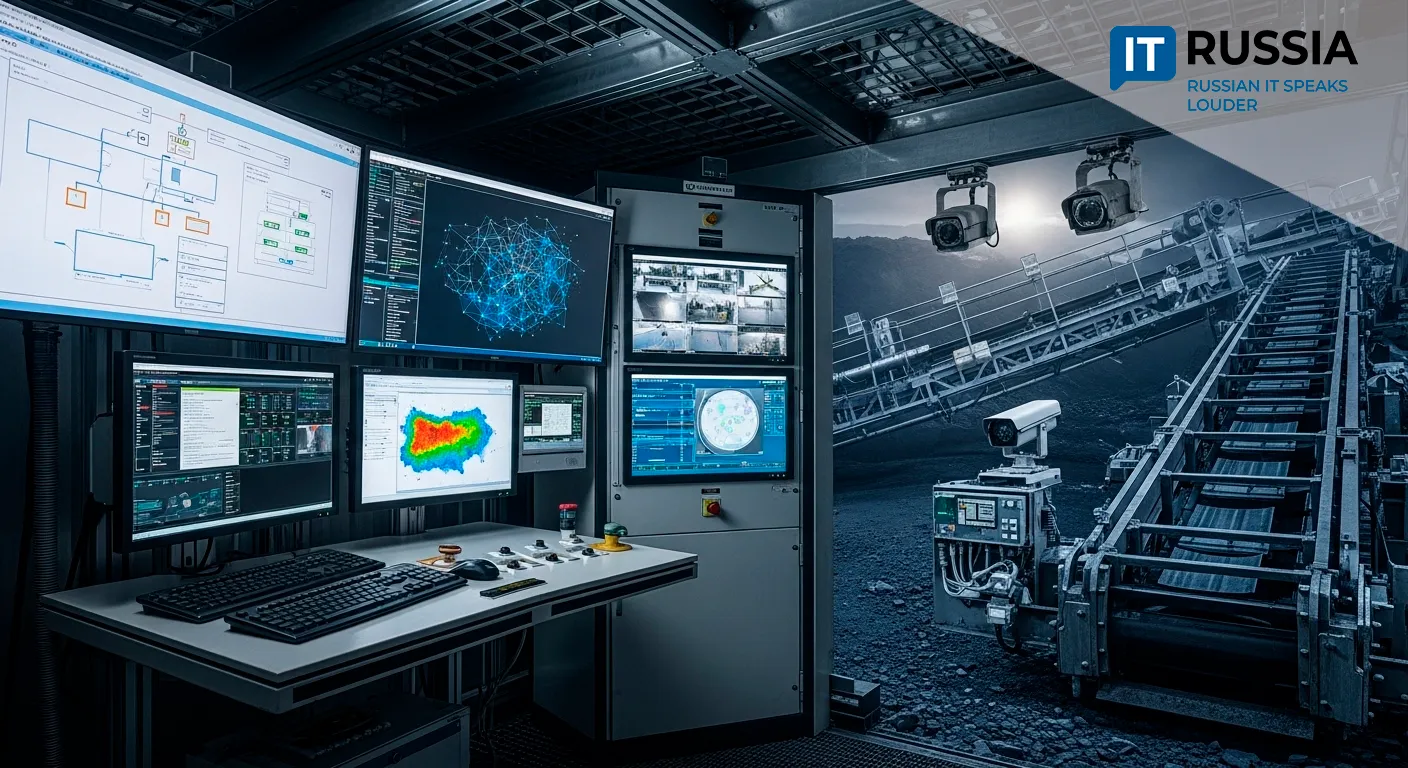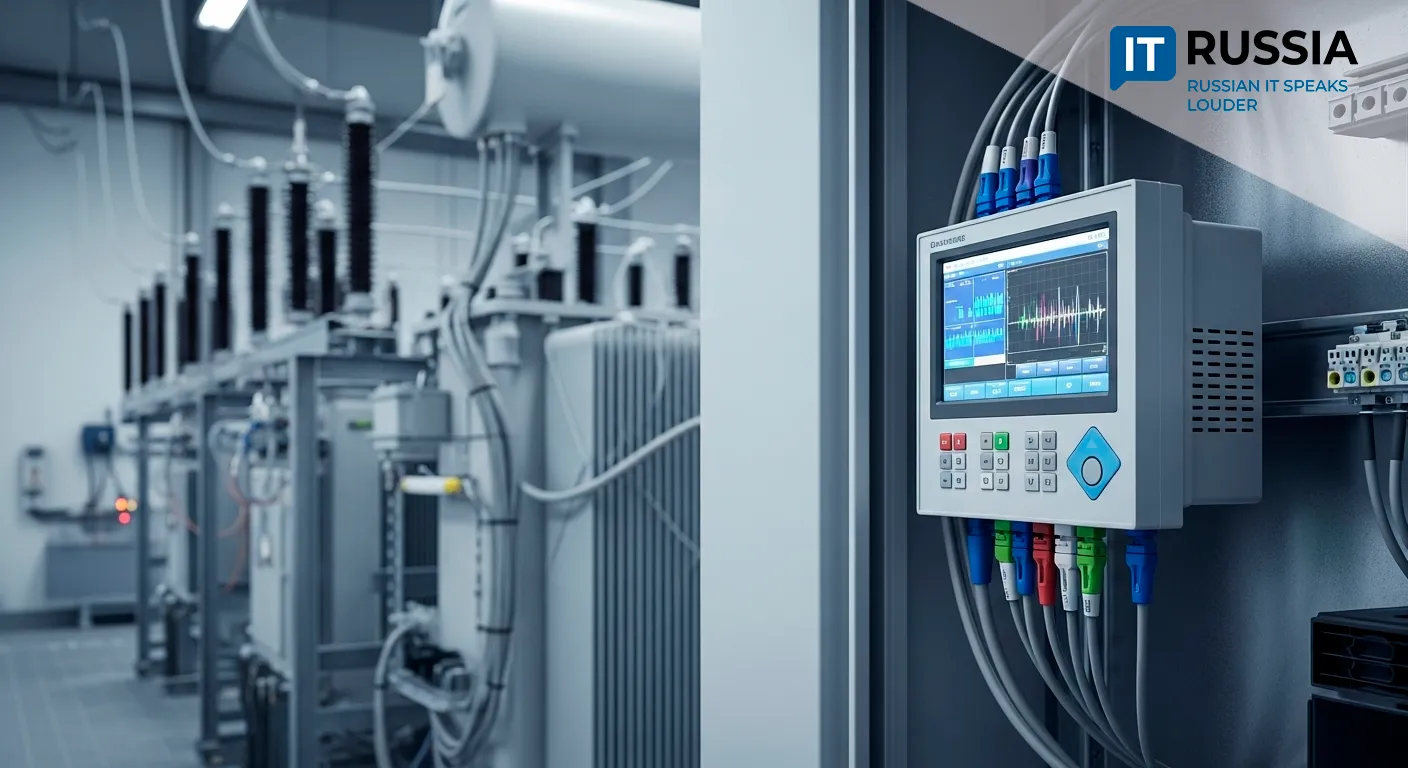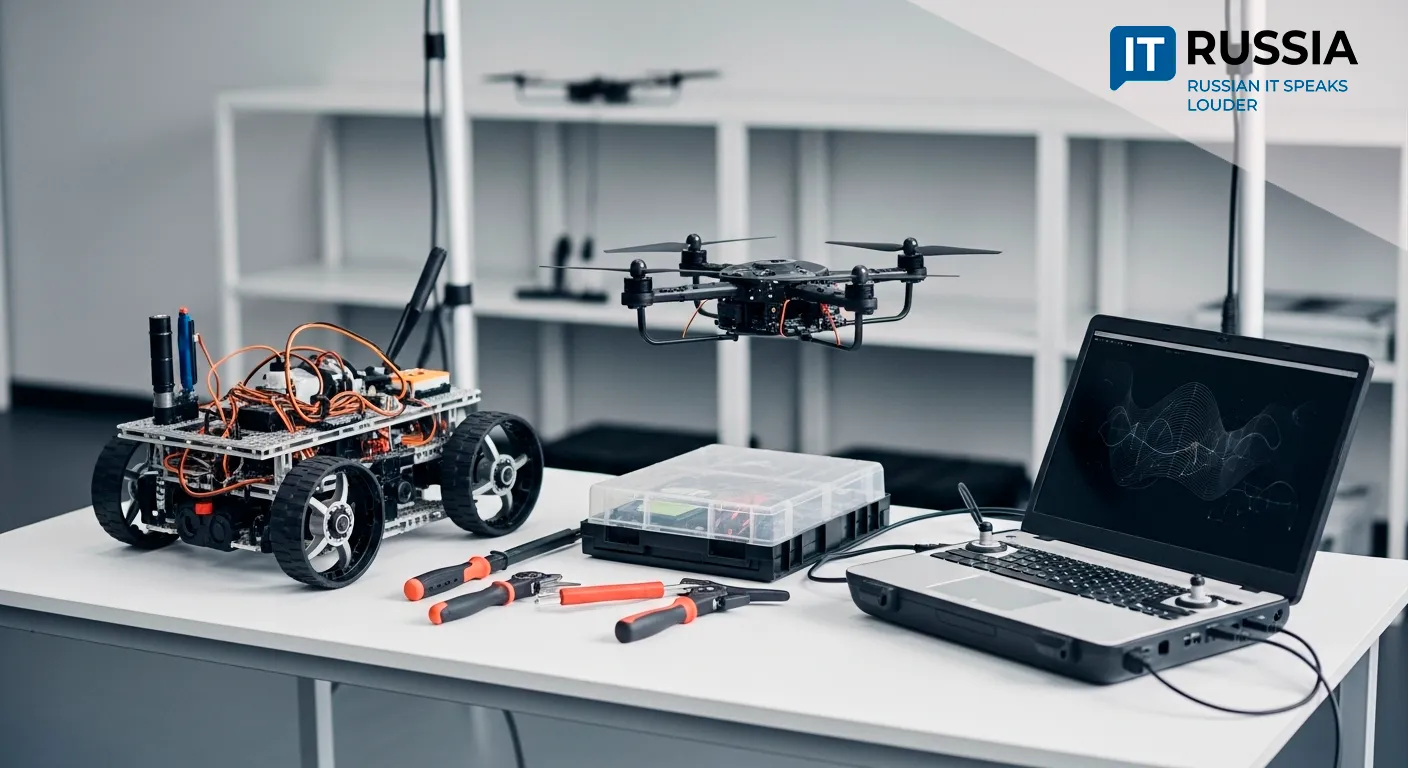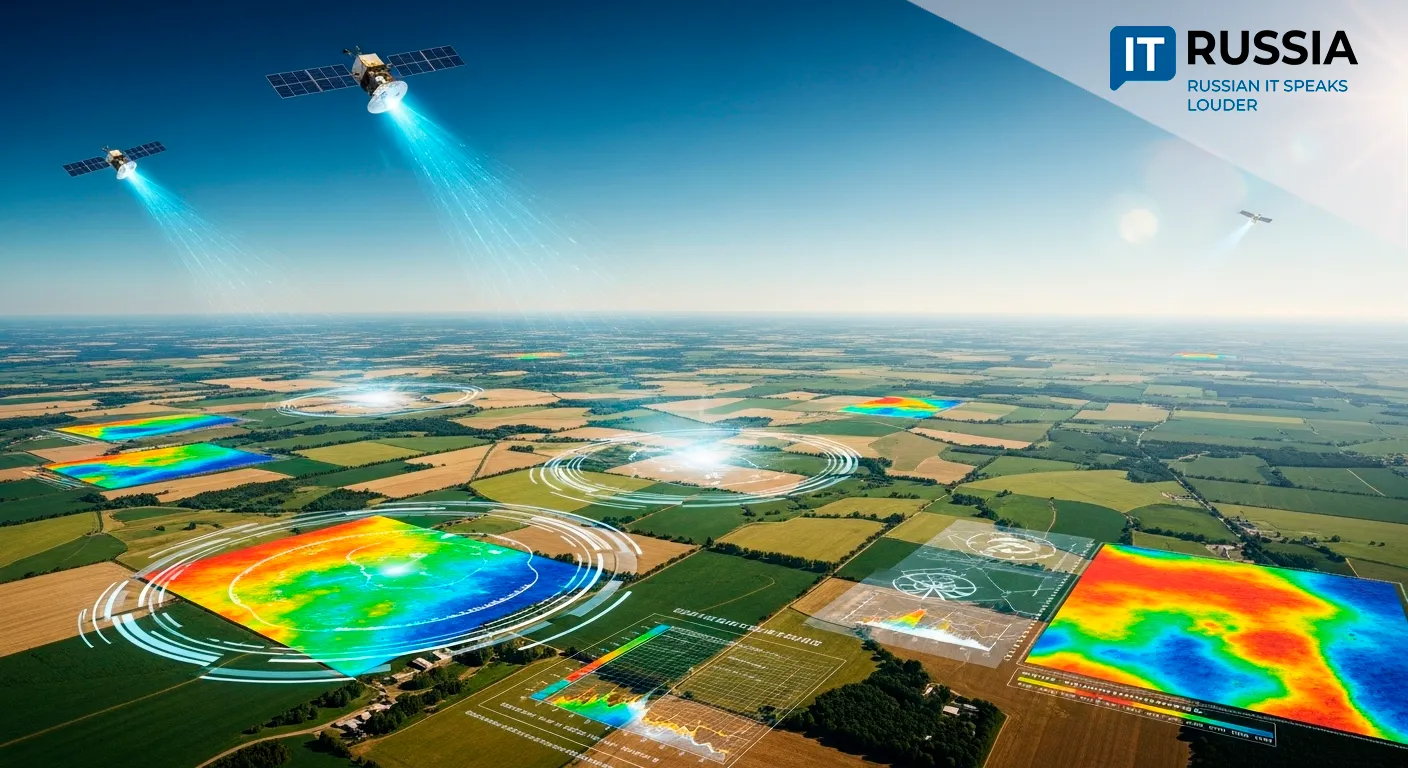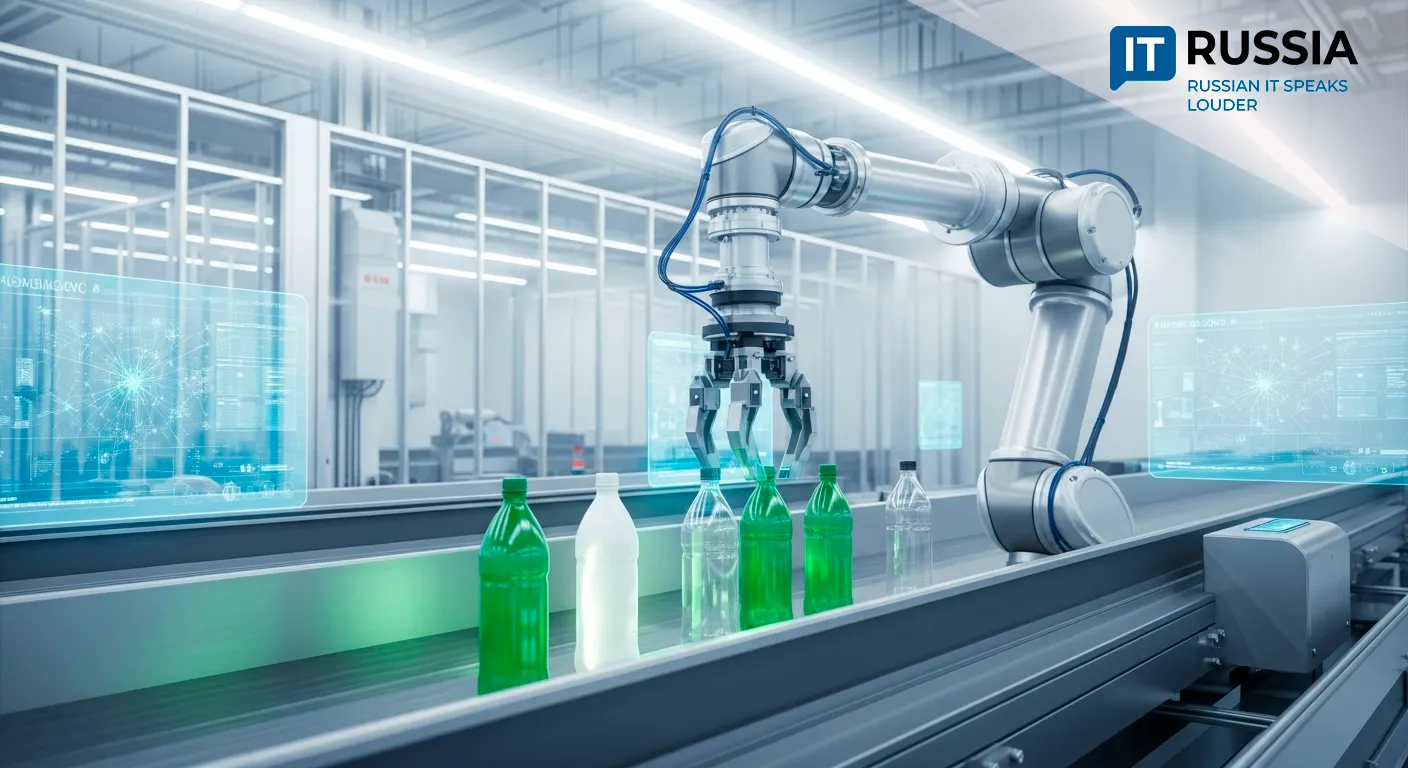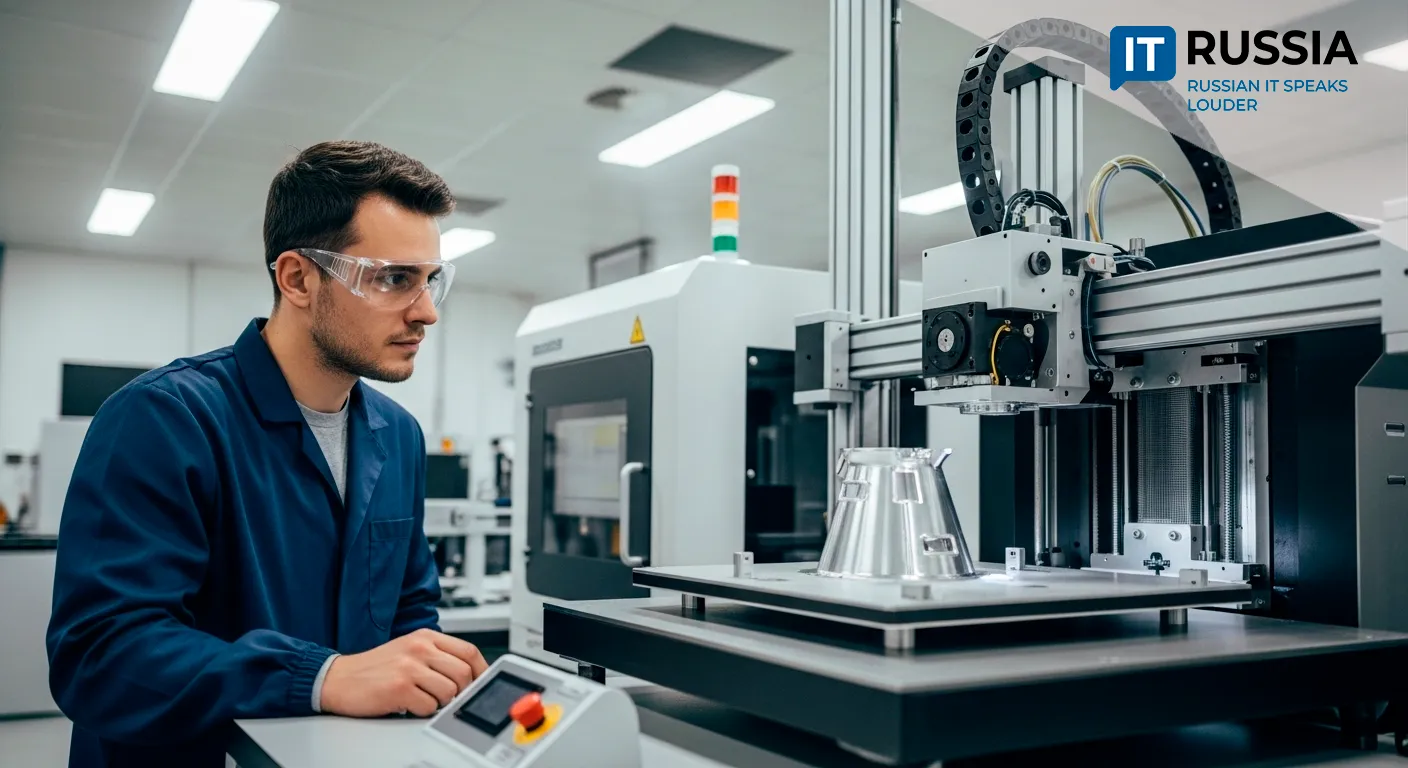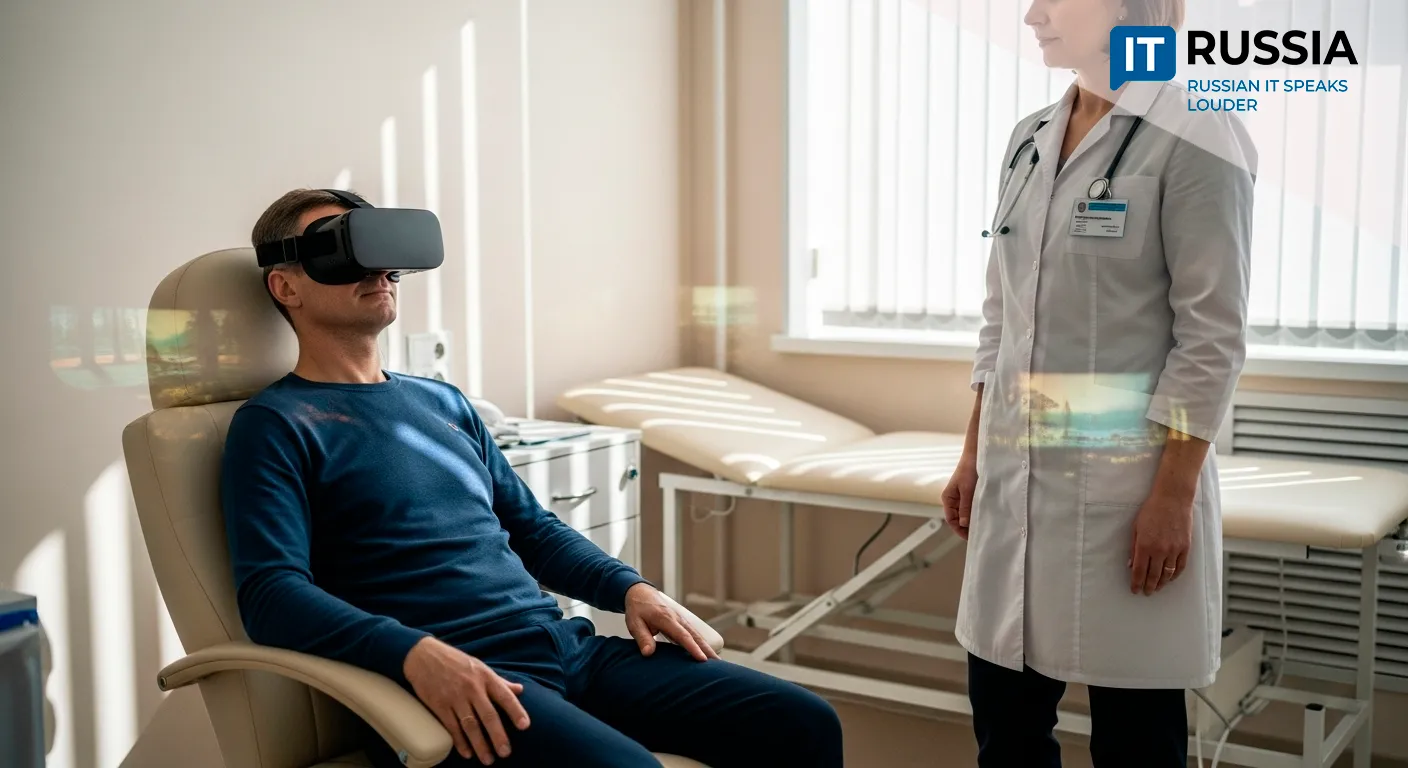Rosatom Accelerates the Future with Fully Automated Materials Synthesis Line

At the INNOPROM 2025 exhibition in Yekaterinburg, Rosatom unveiled an automated production line capable of synthesizing up to 10 unique material compositions per day—leveraging digital twins, ion accelerators, and AI to predict material behavior over 30 years and reduce research time fiftyfold.
Expanding Capabilities for High-Tech Sectors
The new line for rapid synthesis of advanced materials opens up major opportunities for the nuclear, aerospace, and medical industries. With a capacity of up to 10 unique compositions daily, it performs fifty times faster than traditional methods, which can take months or years to yield results.
The system relies on digital twins—virtual models of materials that simulate their long-term performance under different conditions, removing the need for prolonged physical testing. Ion accelerators provide non-destructive insight into internal structures, enabling prediction of material properties decades into the future. AI algorithms automate the process, selecting optimal synthesis parameters, analyzing results, and refining formulations in real time.

This technology is already being applied to develop materials for Gen IV nuclear reactors, lightweight composites for satellites, and biocompatible medical implants. The project highlights Russia’s ability to integrate cutting-edge IT solutions into science-heavy industries, delivering competitive technologies to global markets.
High Export Potential
The automated line holds strong export potential. BRICS nations such as China and India, along with Rosatom’s international partners—including Egypt and Turkey—have expressed interest in nuclear and space-related materials technologies. The line can be tailored to specific international projects such as the El Dabaa nuclear power plant or space exploration programs.
Growing demand for automated R&D makes this platform highly attractive to research institutions in Europe and Asia that require rapid prototyping capabilities. AI-driven predictive maintenance and automated auditing further improve efficiency, while low-code development approaches enable quick customization for diverse applications.

Retrospective of Development
In the past five years, Rosatom has significantly advanced research automation. In March 2025, it introduced a robotic system—AIM M7 D759—capable of synthesizing up to 10 material compositions per day, which served as a prototype for the current platform.
Earlier milestones include the 2023 launch of domestically developed piezocomposites and the production of silicon carbide by NIIGrafit for nuclear and aerospace use. In summer 2025, Chepetsky Mechanical Plant began operating an automated VVER component line featuring integrated digital technologies.
While R&D centers in the U.S. and Europe also use digital twins and accelerators, the Russian line stands out for its speed and high-level AI integration.
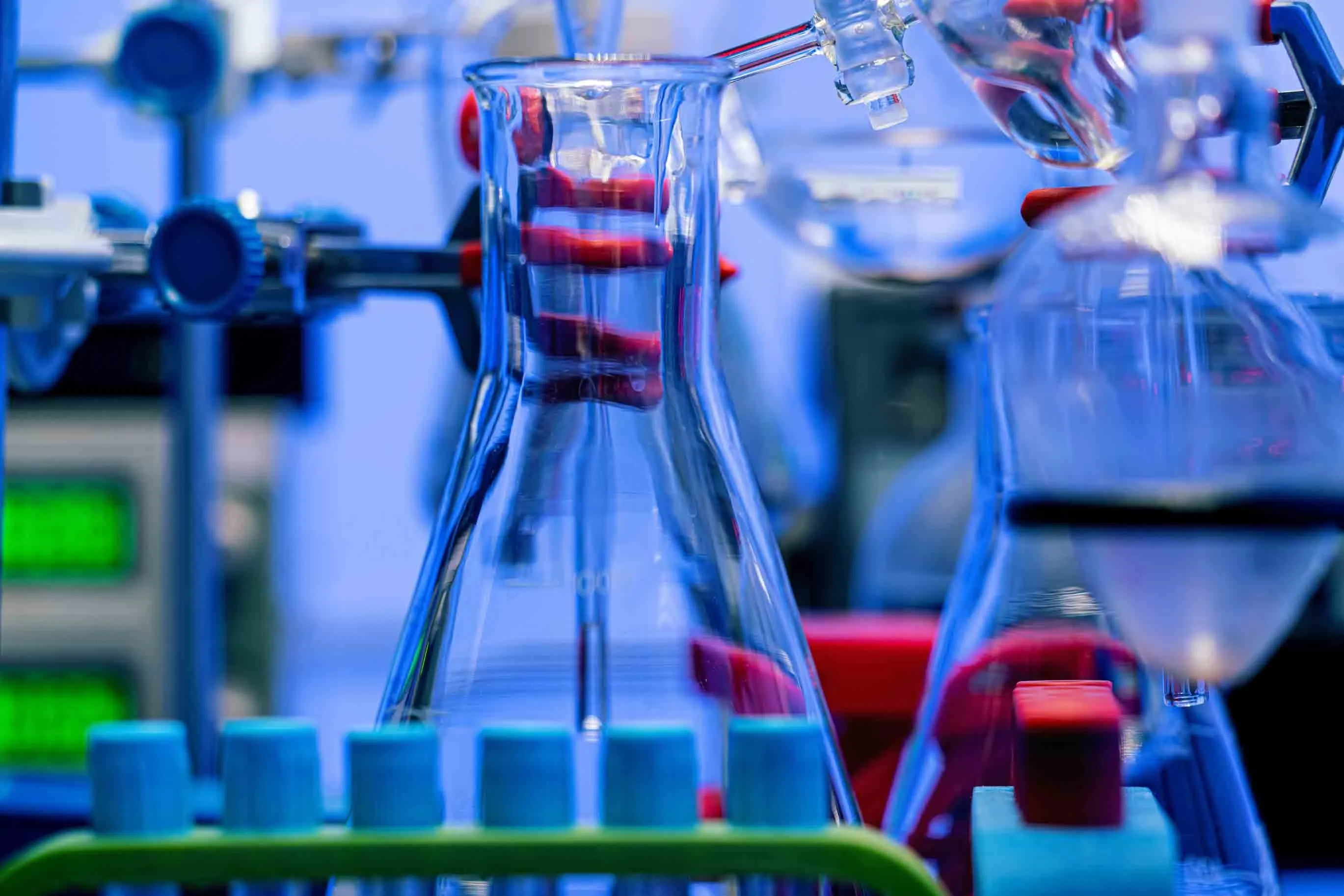
Deployment and Strategic Outlook
Rosatom’s new system sets a benchmark for next-generation material development—shortening research cycles while boosting reliability. Pilot implementations are scheduled for 2025–2026 at sites in the nuclear and aerospace sectors, with full-scale deployment projected by 2030.
Expansion into BRICS markets is expected to further strengthen Russia’s position in the global high-tech industry.


